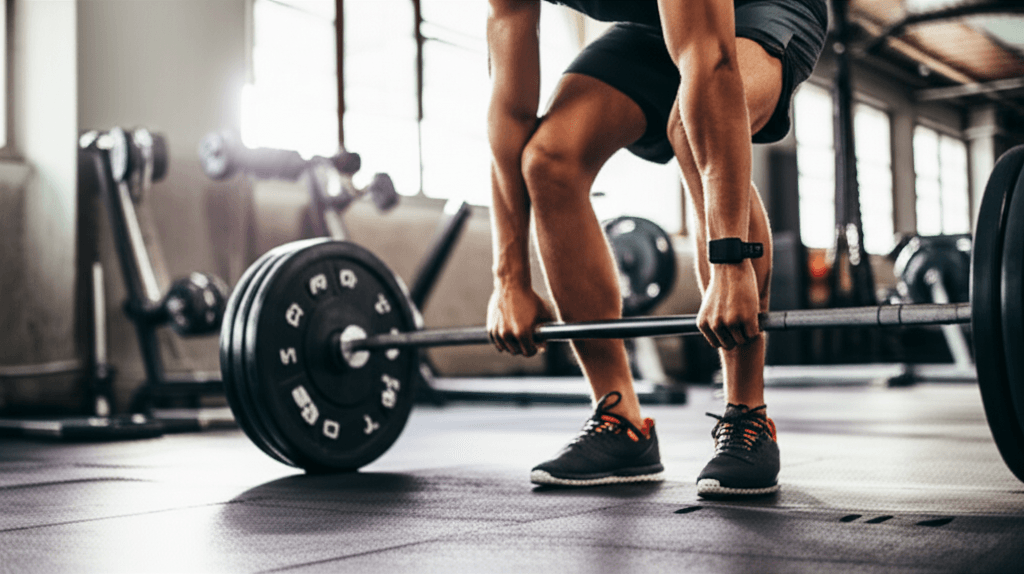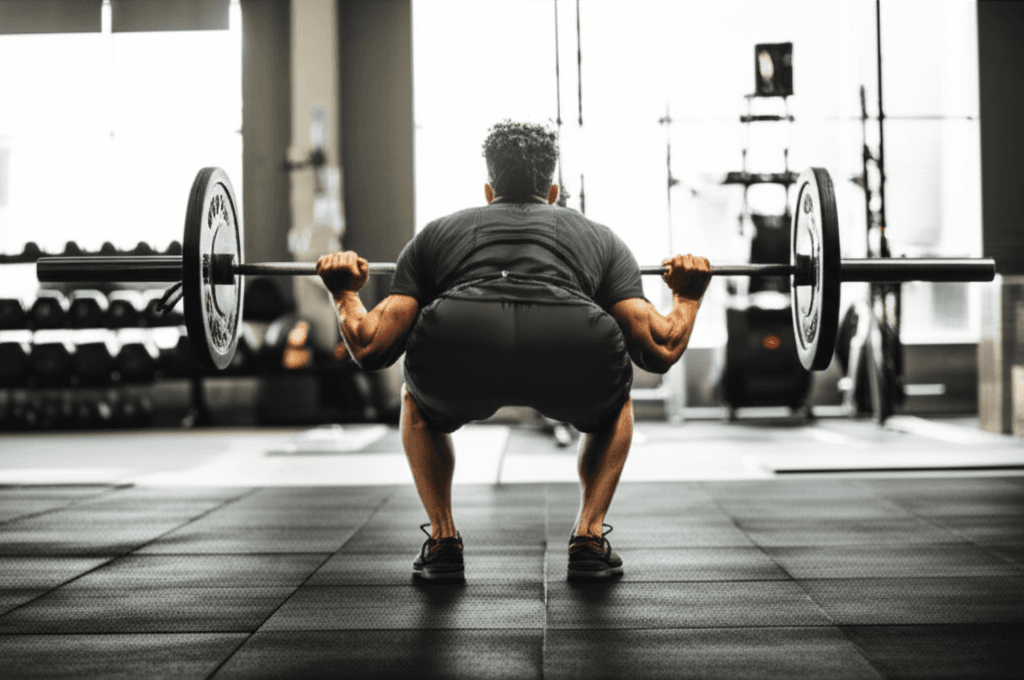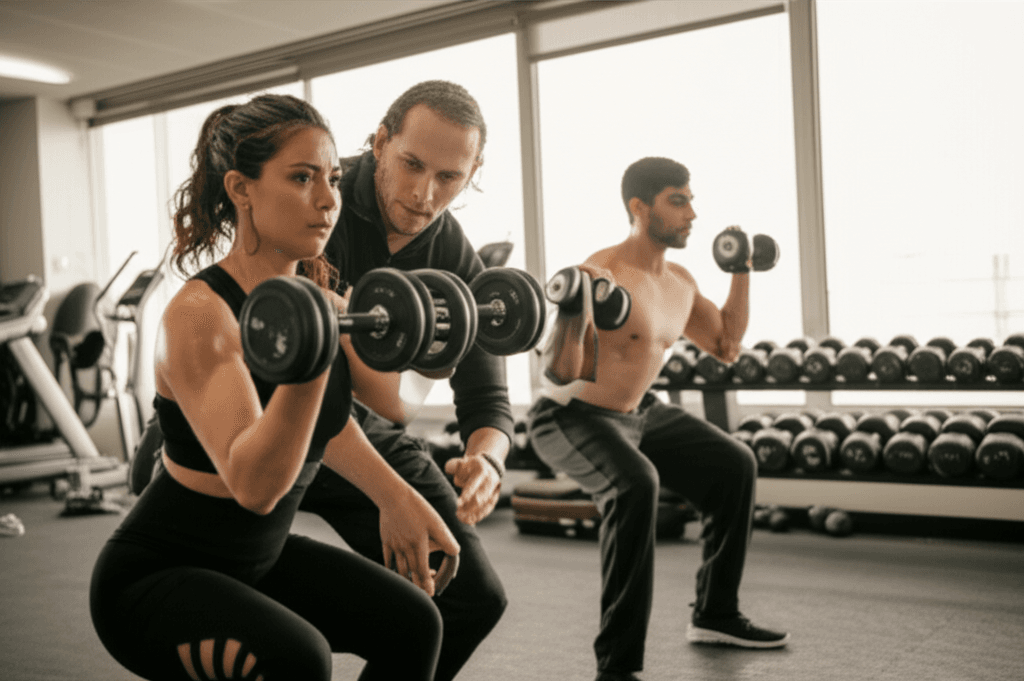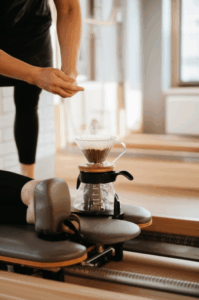Embarking on a weightlifting journey can be transformative, building not just physical strength but also mental resilience. While specific routines are often tailored by trainers to individual needs, a well-structured approach, much like what a dedicated fitness coach would design for a client, forms the foundation for consistent progress and impressive results. This guide outlines a comprehensive weightlifting routine, incorporating fundamental principles that fitness experts emphasize for effective muscle development and overall fitness.

The Foundation of a Strong Routine: Why Weightlifting Matters
Weightlifting, or strength training, offers a myriad of benefits beyond simply building bigger muscles. Regular engagement can boost metabolism, improve bone density, enhance joint stability, and even positively impact mood and cognitive function. A strategic weightlifting plan is designed to progressively challenge your muscles, leading to adaptations that make you stronger and more capable in everyday life.
Key Principles for Effective Weightlifting
A trainer’s approach to designing a routine often hinges on several core principles:
- Progressive Overload: To continually build strength and muscle, you must gradually increase the demand placed on your muscles. This can be done by lifting heavier weights, increasing repetitions, doing more sets, or decreasing rest times.
- Compound Movements: Exercises that engage multiple muscle groups and joints simultaneously (e.g., squats, deadlifts, bench presses) are highly efficient and effective for overall strength development.
- Proper Form: Maintaining correct technique is paramount to prevent injury and ensure the target muscles are effectively worked. A trainer emphasizes quality over quantity.
- Periodization: Varying your training over time by adjusting intensity, volume, and exercise selection helps prevent plateaus and reduces the risk of overtraining.
- Rest and Recovery: Muscles grow and repair outside of the gym. Adequate rest, nutrition, and sleep are crucial components of any successful fitness regimen.

A Sample Weekly Weightlifting Split: Upper/Lower Focus
This routine is structured as an Upper/Lower split, a popular and effective method allowing for adequate recovery while hitting all major muscle groups twice a week. It includes three strength training sessions, which can be complemented by cardio and flexibility work, similar to the “3-2-1 method” (three strength, two Pilates, one cardio) recommended by some trainers.
Day 1: Lower Body Strength Focus
This session targets the glutes, quadriceps, hamstrings, and calves with compound movements and isolation exercises.
- Warm-up (5-10 minutes): Light cardio (e.g., brisk walking, cycling) followed by dynamic stretches like leg swings and bodyweight squats.
- Smith Machine Squats: 3 sets of 6-8 reps. Focus on depth and pushing through the heels to engage the glutes.
- Romanian Deadlifts (RDLs): 3 sets of 10-12 reps. Emphasize a hinge at the hips, feeling the stretch in the hamstrings and glutes.
- Bulgarian Split Squats: 3 sets of 10-12 reps per leg. This unilateral exercise is excellent for addressing imbalances and targeting glutes and quads.
- Hip Thrusts: 3 sets of 12 reps, followed immediately by 12 pulses. This exercise is highly effective for glute development.
- Cable Kickbacks: 3 sets of 12 reps per leg. Focus on the mind-muscle connection with the glutes.
- Cool-down (5 minutes): Static stretches for hamstrings, quads, and glutes.
Day 2: Upper Body Strength Focus
This workout targets the chest, back, shoulders, biceps, and triceps, prioritizing compound movements for maximum efficiency.
- Warm-up (5-10 minutes): Light cardio and dynamic arm circles, shoulder rotations, and chest stretches.
- Assisted Pull-ups: 3 sets to failure (or as many reps as possible). If unassisted, aim for 6-8 reps. Focus on engaging the back muscles.
- Lat Pulldowns: 3 sets of 10-12 reps. Another excellent back builder.
- Barbell Bench Press (or Dumbbell Chest Press): 4 sets of 5-8 reps. A foundational exercise for chest and triceps strength.
- Overhead Shoulder Press (Dumbbell or Machine): 3 sets of 8-10 reps. Targets the shoulders.
- Superset: Bicep Curls & Tricep Extensions: 3 sets of 12 reps for each exercise, performed back-to-back with minimal rest.
- Cool-down (5 minutes): Static stretches for chest, back, and arms.
Day 3: Full Body Strength & Power
This session combines elements from both upper and lower body, often with a focus on explosive movements or slightly higher reps for muscular endurance.
- Warm-up (5-10 minutes): Full-body dynamic warm-up, including jumping jacks, bodyweight squats, and arm circles.
- Alternating Single-Arm Dumbbell Snatches: 2 sets of 10-15 reps per side. Focus on explosiveness and full-body coordination.
- Single-Leg Deadlifts (Dumbbell): 3 sets of 8-10 reps per leg. Improves balance and targets hamstrings and glutes.
- Push-ups: 3 sets to failure. Can be done on knees or elevated if a full push-up is too challenging.
- Dumbbell Rows: 3 sets of 10-12 reps per arm. Works the back muscles.
- Plank: 3 sets, hold for 30-60 seconds. Essential for core strength and stability.
- Cool-down (5 minutes): Gentle full-body stretching.

Important Considerations from a Trainer’s Perspective
A good fitness trainer knows that a routine is only as good as its execution and the client’s adherence.
- Listen to Your Body: Pay attention to how your body feels. Some days you might need to reduce weight, reps, or take an extra rest day.
- Nutrition and Hydration: Fuel your body with adequate protein for muscle repair and growth, and stay well-hydrated throughout the day.
- Consistency: Showing up and putting in the work consistently is more important than having a “perfect” workout every single time. Aim for at least six days a week, usually 30 to 45 minutes per session.
- Track Your Progress: Keep a log of your exercises, weights, and reps. This helps you implement progressive overload and see how far you’ve come.
- Seek Professional Guidance: For personalized advice, proper form correction, and a routine tailored specifically to your goals and limitations, consulting a certified fitness trainer is invaluable.
By adopting these principles and consistently applying a well-rounded weightlifting routine, you can build impressive strength and transform your physique, just as a dedicated trainer would guide their client to achieve their fitness aspirations.







